Wetlands, Estuaries, Rivers and Coastal Waters
About 75% of the nation's commercially important species of marine fish and shellfish and 80-90% of recreationally important species are dependent for their survival (for spawning, nursery, migration and feeding areas) on shallow inshore waters that include bays, estuaries and rivers flowing to the sea.
Wetlands Losses
The nation has lost more than half its original wetlands to development.� Coastal wetlands provide essential habitat to thousands of species of marine fish and invertebrates, amphibians, reptiles, birds and mammals.� They also provide protection from severe storms, reduce the severity of flooding, purify water by removing sediments and nurtients, prevent erosion, and supply a major source of food (detritus) supporting fish populations on the continental shelf.�
Toxic Contaminants and Disease
As many as 20% of the bottom-dwelling fish living in our most highly urbanized estuaries (such as Boston, Norfolk, Miami, San Diego, Oakland, and Seattle) have cancerous livers and up to 70% of such fish have other types of disease leading to cancer.� These harbors' bottom sediments have high levels of polynuclear aromatic hydrocarbons (derived from burning coal and gasoline) which have been linked to such disease.�
Nutrient Loading
Nutrient over-enrichment from sewage treatment facilities and from fertilizers in stormwater runoff from farms and lawns are producing massive "dead zones" from the mouth of the Mississippi River to the Texas border and in bottom waters of Chesapeake Bay, Long Island Sound and many other bays and rivers, nation-wide.� Algal "blooms" are created.� When the algae die and sink to the bottom, their decay robs oxygen needed by fish and other marine life for survival.�
Dams and Diversions of Freshwater Flows
Rivers and streams that have been dammed (usually for hydroelectric power, navigation, or water supply) and whose flows have been diverted for irrigation of agricultural areas (often in deserts) have experienced even larger ecosystem damage than that caused by most wetlands losses and pollution, combined.� Some of the worst examples include the Everglades and Florida Bay, most of Texas' estuaries, San Francisco Bay, and the Columbia/Snake River Basin.�
Fishery Resources Declines
In the United States, most inshore-dependent species of fish and shellfish have declined in abundance by 75 to 95% of their former levels. The two primary causes, of roughly equal proportion, are overfishing and habitat loss and degradation.
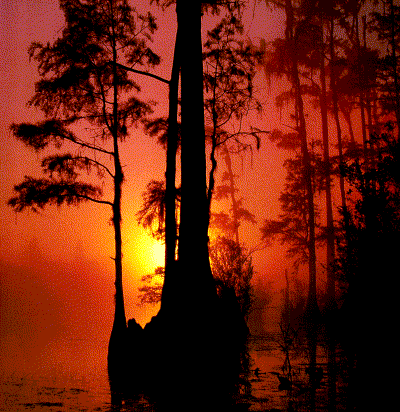
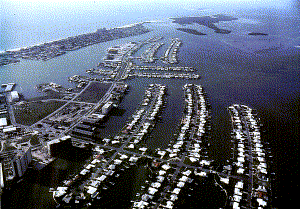
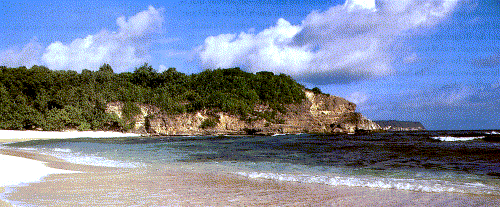
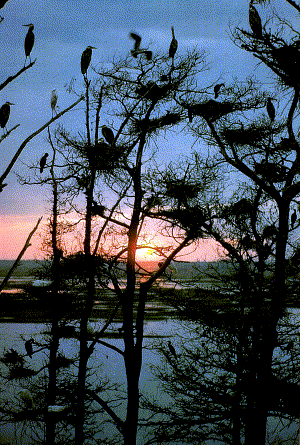
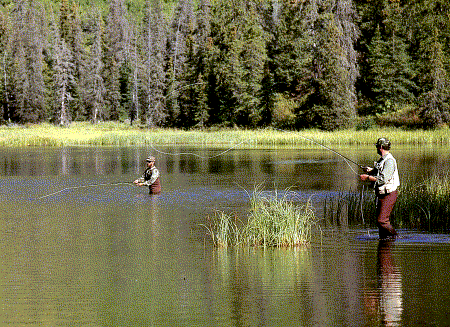
Wetlands, Estuaries, Rivers and Coastal Waters
Environmental Impact Assessment Division
Dams and Flow Diversions
Wetlands Destruction
Toxic Contaminants
Nutrient Over-Enrichment
Cumulative Effects
Importance of Shallow Water Habitats to Fish
Economic Values at Stake
References Cited
Overview
List of All Pages on this Website
Others' Related Links
Home

9814 Kensington Parkway
Kensington Maryland 20895-3425
(T) 301-949-3003��� (Fax) 301-949-3003
Email��� [email protected]
Website�� www.Chambers-Associates.or